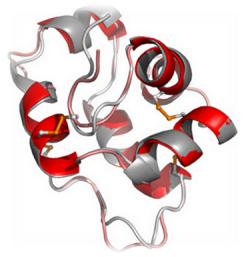Background

Around 450 million years ago, during the Ordovician period, the first land plants started to colonize the terrestrial habitats. This water-to-land transition opened up new environments but also revealed novel stresses such as shifting substrate content, irregular supply of water, damaging UV-radiation and rapid fluctuating temperatures to the emerging plants. The first layer of defense between the plants and these environmental stresses is the cuticle. This non-living hydrophobic structure covers the aerial part of the plant and prevents non-stromatal water loss, provides mechanical strength, protects the plants from environmental stresses and serves as a protective barrier against pathogens.
Edstam et al., (2011) showed that plant LTPs are only present in land plants, and not found in chlorophyte and charophyte green algae. It is a fair assumption that the LTPs have evolved early during the water-to-land transition and might be involved in protection of the plants to these novel stresses.
LTPs have been discovered in a wide range of organisms, from bacteria and yeast to animals and higher plants. Some LTPs are specific for certain lipids while other lacks specificity and affinities various lipids. No matter specificity, plant non-specific LTPs (nsLTP) shares no amino acid sequence similarity to animal LTP. Plant nsLTPs have a hydrophobic cavity built up by four or five α-helices which are stabilized by four disulfide bridges formed by an eight cysteine residues with the characteristic form C-Xn-C-Xn-CC-Xn-CXC-Xn-C-Xn-C. The in vitro functions of nsLTPs are the capable of binding fatty acids. Additionally, nsLTPs are extracellular proteins with a size of ~10 kD which makes them small enough to pass through the pores of the plant cell wall.
As a post-translational modification, glycosylphosphatidylinositol (GPI) anchors are added to some nsLTPs. The GPI-anchors attach to the plasma membranes and allow the connected protein to face the extracellular side of the membrane, which make them important for cell wall organization and function. In P. patens ten nsLTP genes with GPI-anchor (type G) are found, while in seed plants the number is greater.
The moss P. patens is a great candidate organism for studying plant evolution. The mosses are believed to be the earliest land plants in evolutionary terms. Additionally, they share many features with seed plants, e.g. signaling pathways. Fossil evidence has shown that the early land plants have changed very little morphological compared to present moss. Moreover, the P. patens has been sequenced and is a model organism.
Responsible for this page:
Director of undergraduate studies Biology
Last updated:
06/05/11
